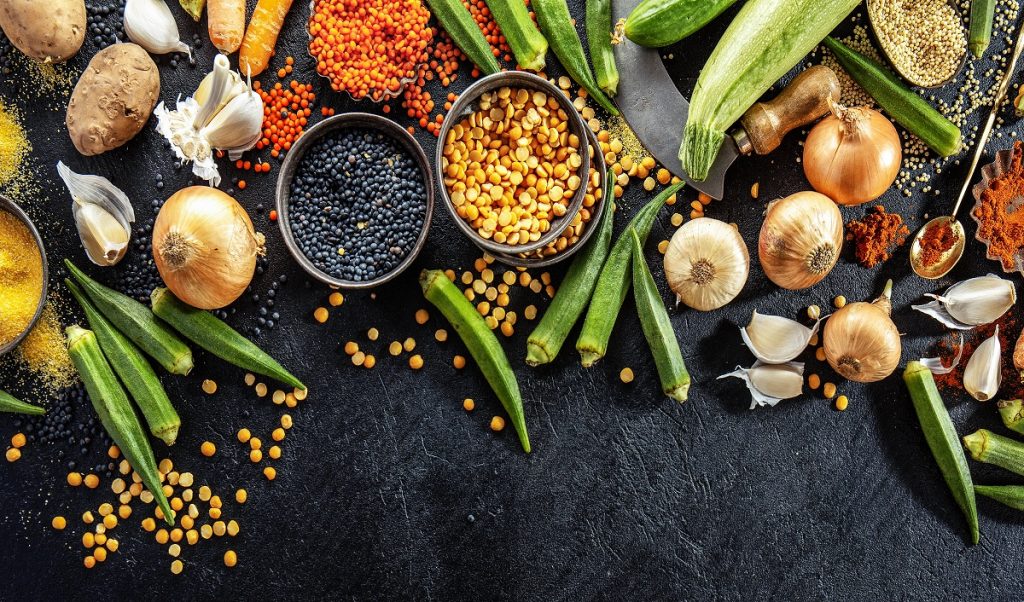Application of Ultrafine Grinding Technology in Food Industry

Ultrafine grinding technology has emerged in recent years with the continuous development of modern chemical industry, electronics, biology, materials and mineral development and other high-tech technologies. It is a high-tech cutting-edge technology for food processing at home and abroad.
In the field of food processing, powders with a particle size below 25μm are usually called ultrafine powders, and the method of preparing ultrafine powders is called ultrafine grinding technology.
The ultrafine grinding technologies commonly used in food mainly include airflow type, high-frequency vibration type, rotating ball (rod) mill type, roller type, etc. Among them, airflow ultrafine grinding technology is more advanced, using the gas through the pressure nozzle to generate violent impact, collision and friction forces to achieve material grinding.
Classification of ultrafine grinding technology in the food industry
Although food ultrafine powder has been around for a short time, it has been used in condiments, beverages, canned foods, frozen foods, baked foods, health foods, etc., and the effect is better.
Application of ultrafine grinding technology in food processing
Soft drink processing
At present, soft drinks developed using airflow micro-grinding technology include powdered tea, bean solid beverages, and calcium-rich beverages prepared with ultrafine bone powder.
Tea culture has a long history in China. Traditional tea drinking is to brew tea with boiling water. The human body does not absorb a large amount of nutrients from tea. Most of the protein, carbohydrates and some minerals and vitamins are retained in the tea residue. If tea is made into tea powder (particle size <5μm) at room temperature and dry state, the absorption rate of its nutrients by the human body can be improved.
Adding tea powder to other foods can also develop new tea products. Plant protein beverages are milky products made from protein-rich plant seeds and fruit cores through soaking, grinding, homogenization and other operations.
Fruit and vegetable processing
Vegetables are ground into micro-paste powder at low temperature, which not only preserves the nutrients, but also makes the fiber taste better due to the micro-refining.
Grain and oil processing
Adding ultrafinely ground wheat bran powder, soybean powder, etc. to flour can make high-fiber or high-protein flour. Rice, wheat and other grains are processed into ultrafine powder. Due to the small particle size, the surface starch is activated, and the food filled or mixed with it has the excellent properties of easy maturation, good flavor and taste.
Soybeans are processed into soy milk powder after ultrafine grinding, which can remove the fishy smell. Beans such as mung beans and red beans can also be made into high-quality bean paste, soy milk and other products after ultrafine grinding.
Aquatic product processing
Spirulina, pearls, turtles, sharks and other cartilage ultrafine powders have unique advantages. For example, the traditional processing of pearl powder is to ball mill for more than ten hours to make the particle size reach several hundred meshes.
Functional food processing
Ultrafine powder can improve the bioavailability of functional substances and reduce the amount of base materials in food. The sustained release of microparticles in the human body can prolong the efficacy. In the process of developing solid honey, ultrafine grinding of ingredients with a colloid mill can increase the fineness of the product.
Processing of spices and condiments
Ultrafine grinding technology, as a new food processing method, can make spices and seasoning products (mainly fermented solid products of beans) processed by traditional processes more high-quality.
The huge porosity of spices and seasonings after micronization creates a collective cavity that can absorb and contain aroma, and the flavor lasts for a long time, and the aroma and taste are more intense.
At the same time, ultrafine grinding technology can make traditional seasonings finely broken into excellent ultrafine particles with uniform particle size and good dispersion performance, and the fluidity, dissolution rate and absorption rate are greatly increased, and the taste effect is also significantly improved.
For products with high sensory requirements, the particle size of spices after ultrafine grinding is extremely fine, up to 300-500 mesh, and the naked eye cannot observe the existence of particles at all, eliminating the generation of black spots in the product and improving the appearance quality of the product. At the same time, the corresponding equipment of ultrafine grinding technology has physical and chemical functions such as coating, emulsification, solid emulsification, and modification, creating a realistic prospect for the development of seasoning products.
